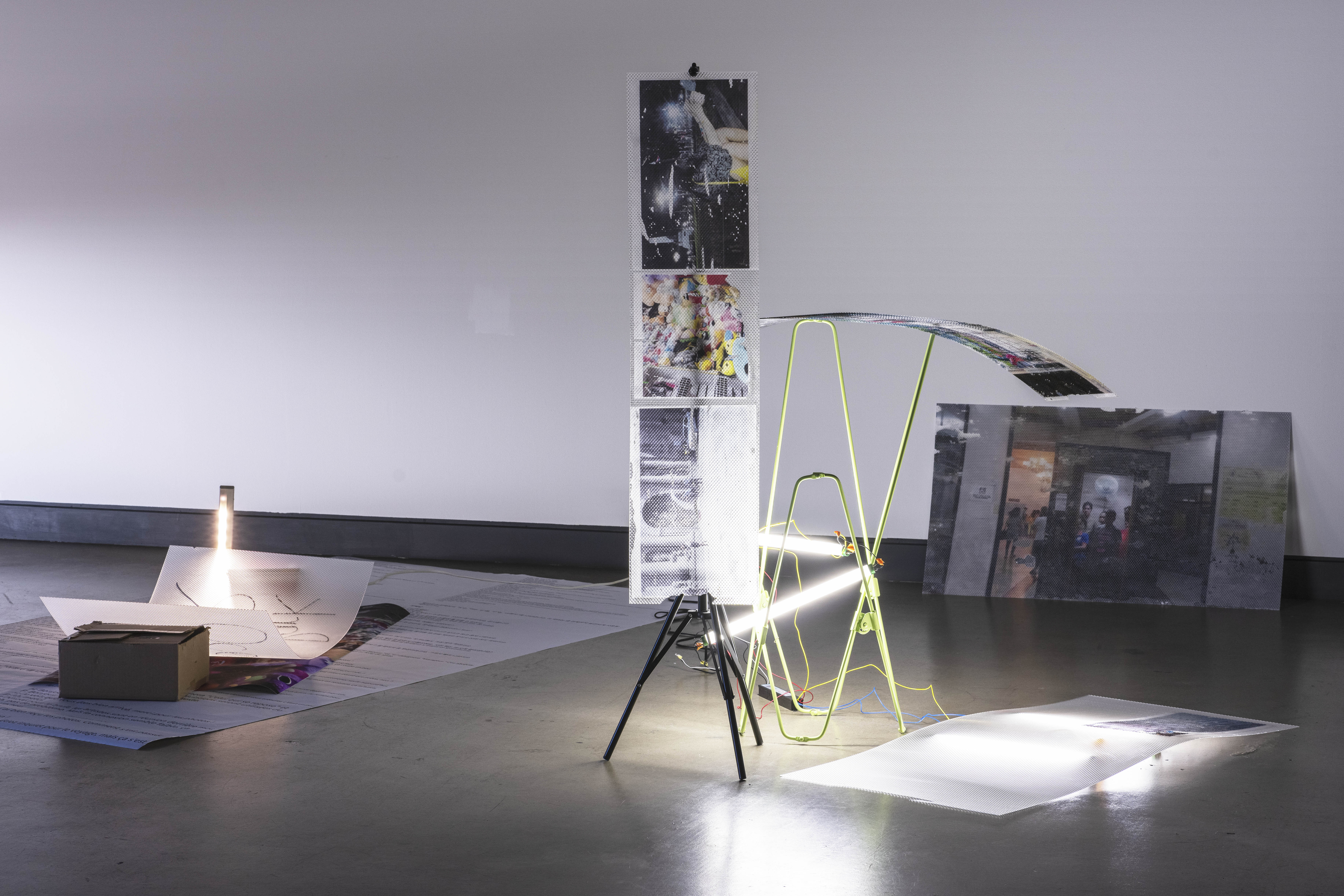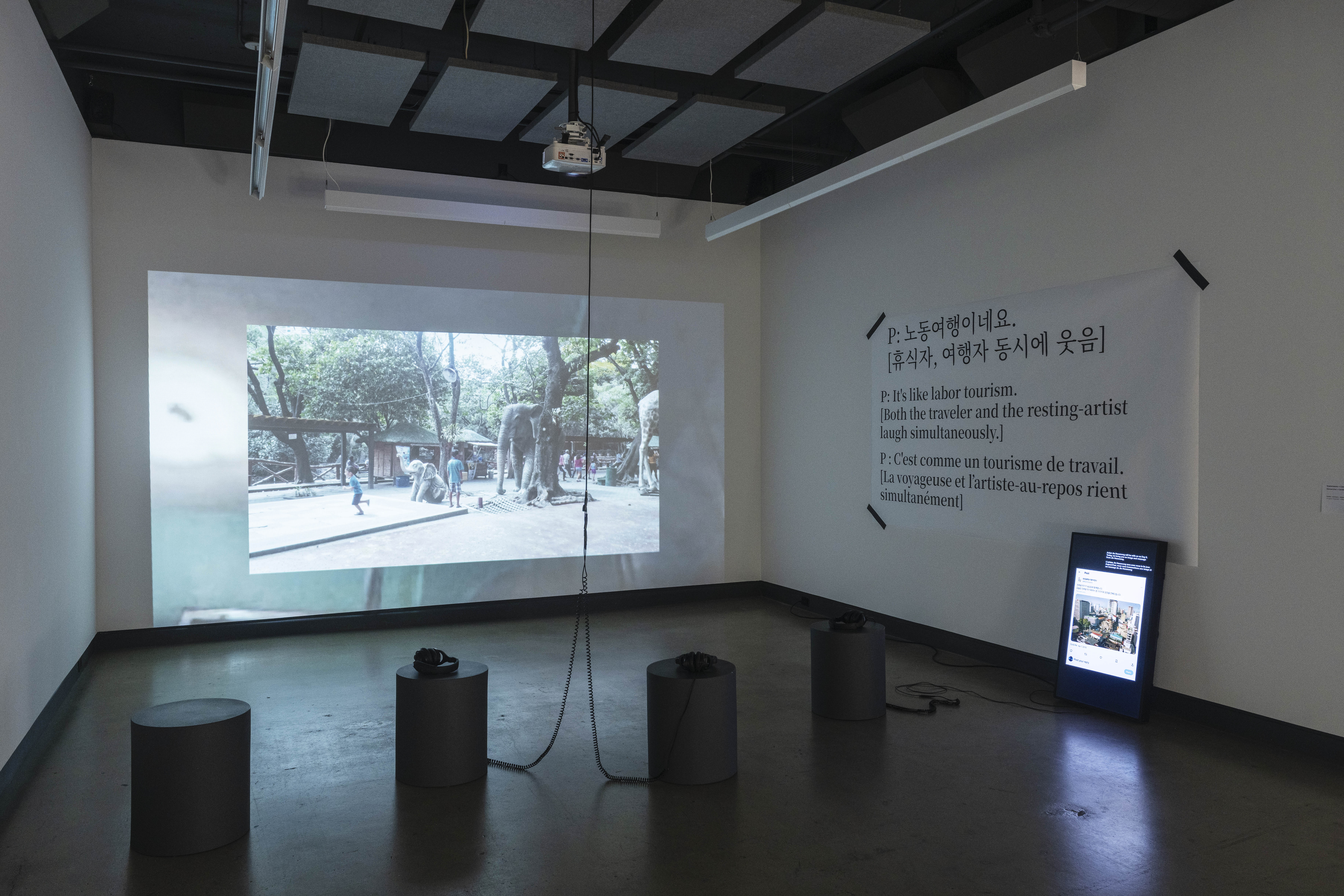*Fluency-non Native
*Hugh and Guilliaume
*But, you don’t.
*I am no longer waves
*mychandelierchohab
*don’t worry, we can make it work
*at and away
*cheers with me
*as if nothing happened
*take us somewhere
*moving trailer
*orbit here
*temporary souvenir
*is ghost marching next to me?
*the work of rest
*real DMZ project
*it's not where you take things from - it's where you take them to
*lobby project for Dacheongho museum
*one nail drives out another
⬇
⬇
Heewoong's works have the appearance of having meekly inherited the legacy of 20th century western art history in that the materials used were preexisting objects. However, Heewoong's work, in contrast to the desire for appropriation in readymade, takes a nonmaterialistic approach to objects, and resembles minimalist sculptures in aspect but does not actively require the existence of an observer. In this, Heewoong's works can be defined as a repudiation of the legacies of art history rather than a safe exploration of its genealogy.
Heewoong's works consist of objects discovered by chance. Most of these objects would have been determined to have been depleted of their usefulness and discarded by those who previously owned and used them. Work begins with the selection of objects already once drained of their material properties and purpose. The artist then empties out these objects once more. One might expect objects chosen by the artist to inevitably be a strong reflection of the temporal, spatial, and socioeconomic circumstances of the artist at the time of choosing, but the objects he presents come into the display space and feign ignorance of such circumstances. This is because they are garbed in a new language covering where the user first discarded meaning, then the artist again emptied of meaning.
The objects in Heewoong’s works exist as completed sculptures of willful language.
The artist takes objects emptied of their original material properties, paints over them with reified language, and entangles the relationships between these newly garbed objects. The multiple layers of vocalization these objects exude overlap, tangle, or parallel each other and resonate. Interpreting Heewoong's method of using objects from a perspective that everyday objects can too become art is a complacent and erroneous approach. Heewoong Jin places objects on the medium or stage of display, and makes it so that the language and volition etc. the artist reinfused each object with radiates out.
Heewoong overturns the traditional narratives an object entering the stage of art would be expected to follow, and again overturns the perceptions of an audience dulled despite lifetimes surrounded by objects. Heewoong Jin's objects, within the structure and order of work to revisualize the auditory images of linguistic reiteration created by visual objects garbed in new language, are quietly yet incessantly clamoring. As if they do not know what they originally were, as if they do not know who erased that origin, as if they had always been garbed in the language they are now.
Kim Hyojung(Theory of Art)
found objects in the exhibition venue, Barim media space, Gwangju, Korea 2014
found objects around the exhibition venue, One and J+, Seoul, Korea 2017
Peripheral hours, 8947 saint-urbain, Montreal, Canada 2018
Heewoong's works consist of objects discovered by chance. Most of these objects would have been determined to have been depleted of their usefulness and discarded by those who previously owned and used them. Work begins with the selection of objects already once drained of their material properties and purpose. The artist then empties out these objects once more. One might expect objects chosen by the artist to inevitably be a strong reflection of the temporal, spatial, and socioeconomic circumstances of the artist at the time of choosing, but the objects he presents come into the display space and feign ignorance of such circumstances. This is because they are garbed in a new language covering where the user first discarded meaning, then the artist again emptied of meaning.
The objects in Heewoong’s works exist as completed sculptures of willful language.
The artist takes objects emptied of their original material properties, paints over them with reified language, and entangles the relationships between these newly garbed objects. The multiple layers of vocalization these objects exude overlap, tangle, or parallel each other and resonate. Interpreting Heewoong's method of using objects from a perspective that everyday objects can too become art is a complacent and erroneous approach. Heewoong Jin places objects on the medium or stage of display, and makes it so that the language and volition etc. the artist reinfused each object with radiates out.
Heewoong overturns the traditional narratives an object entering the stage of art would be expected to follow, and again overturns the perceptions of an audience dulled despite lifetimes surrounded by objects. Heewoong Jin's objects, within the structure and order of work to revisualize the auditory images of linguistic reiteration created by visual objects garbed in new language, are quietly yet incessantly clamoring. As if they do not know what they originally were, as if they do not know who erased that origin, as if they had always been garbed in the language they are now.
Kim Hyojung(Theory of Art)
found objects in the exhibition venue, Barim media space, Gwangju, Korea 2014
found objects around the exhibition venue, One and J+, Seoul, Korea 2017
Peripheral hours, 8947 saint-urbain, Montreal, Canada 2018
Light is coming to you, Barim media space, Gwangju, Korea 2014
![]()
![]()
![]()
orbit here, One and J+, Seoul, Korea, 2017
![]()
![]()
![]()
![]()
![]()
![]()
![]()
![]()
![]()
![]()
![]() peripheral hours, 8947 saint-urbain, Montreal, Canada 2018
peripheral hours, 8947 saint-urbain, Montreal, Canada 2018
![]()
![]()
![]()
![]()
![]()
orbit here, One and J+, Seoul, Korea, 2017
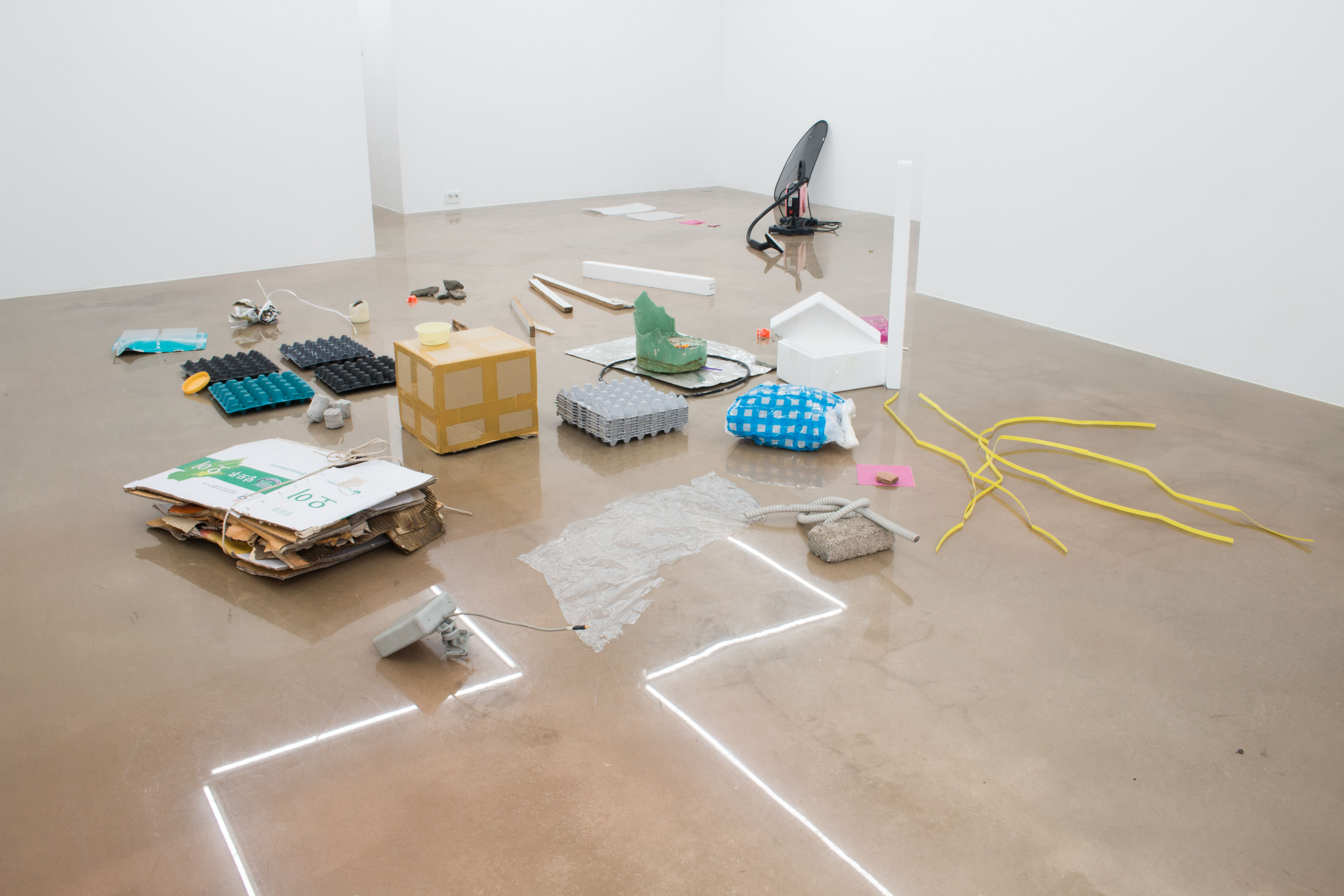


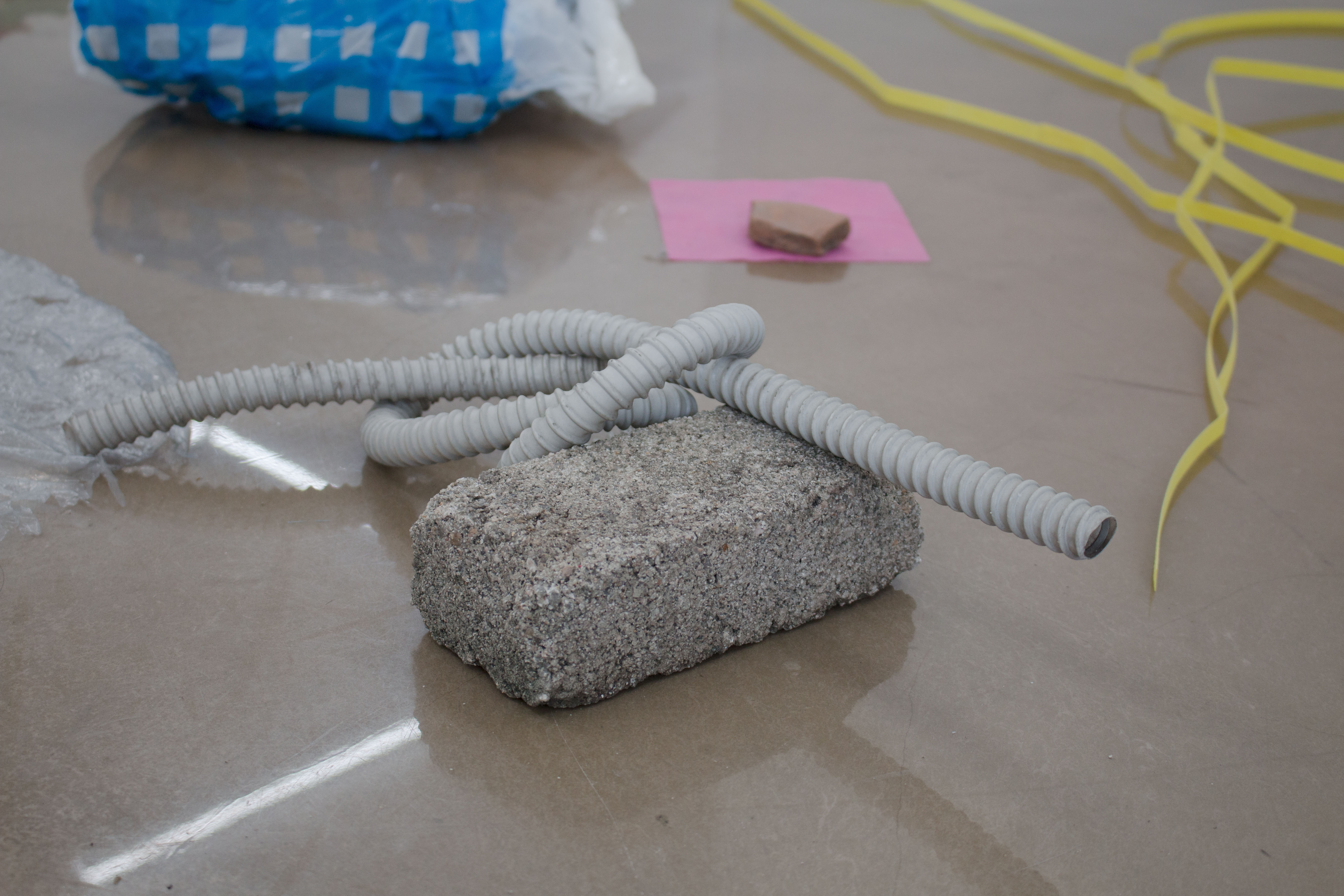

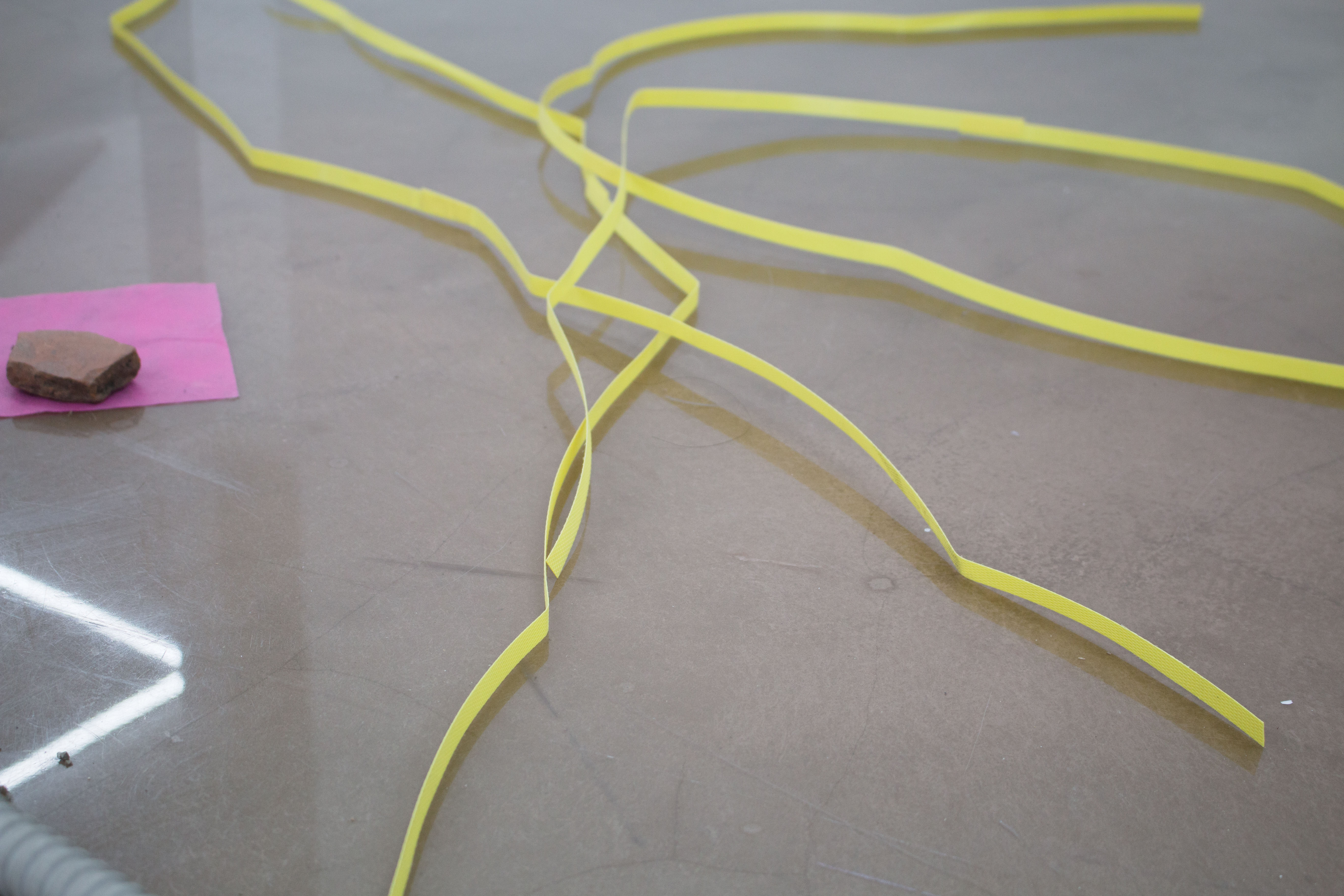

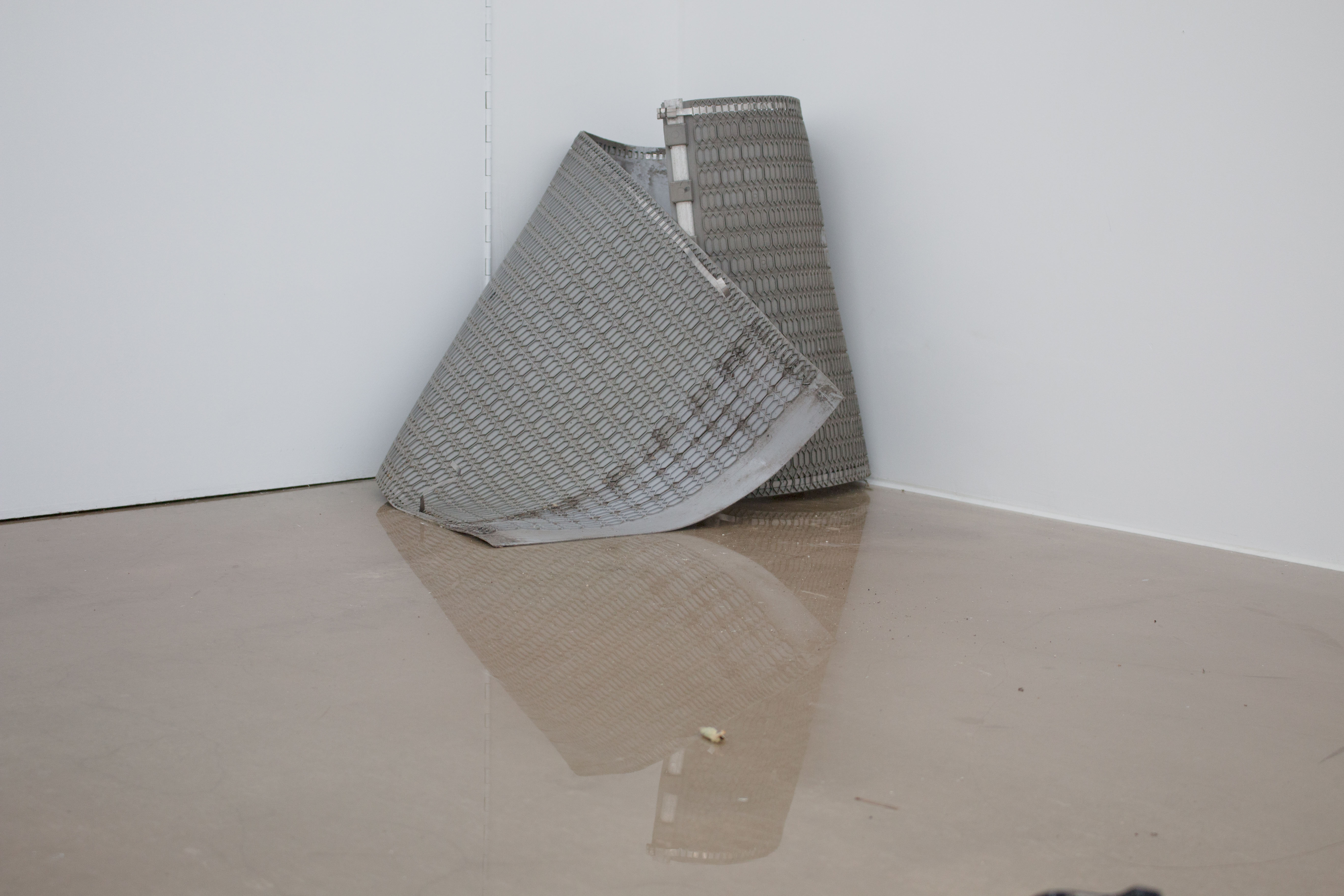

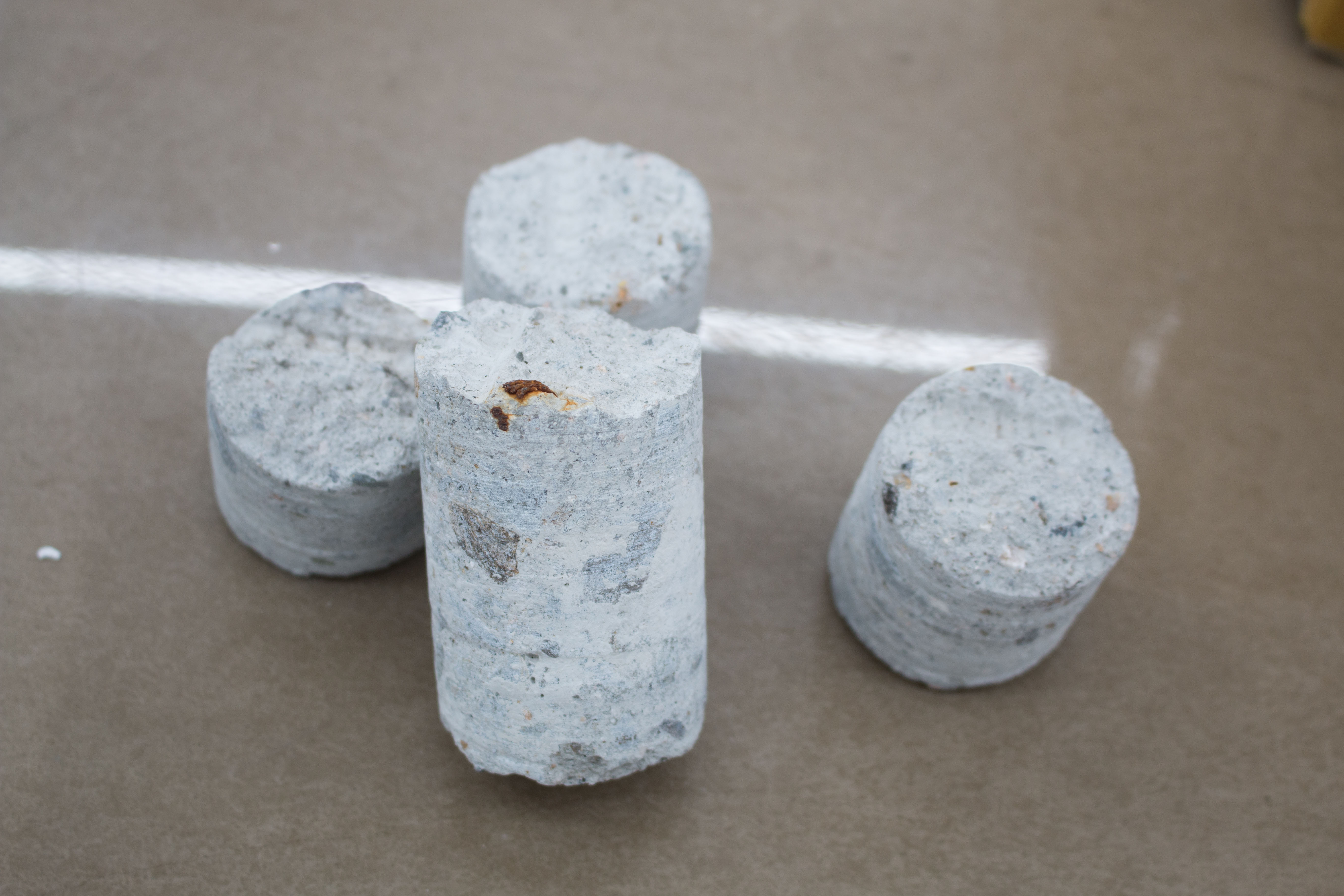
 peripheral hours, 8947 saint-urbain, Montreal, Canada 2018
peripheral hours, 8947 saint-urbain, Montreal, Canada 2018




